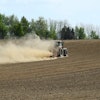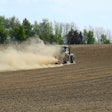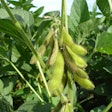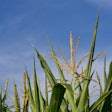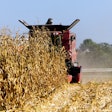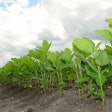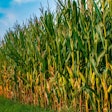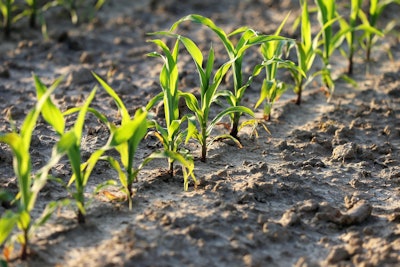
The U.S. Department of Agriculture's latest Crop Progress report reveals a mixed picture of spring planting across the country, with some crops and regions making significant strides while others face delays due to challenging weather conditions.
Corn planting has made notable progress, with 24% of the crop now in the ground across the 18 major producing states. This represents a 12 percentage point increase from the previous week and stands slightly above the five-year average of 22%. Illinois and Iowa, two key corn-producing states, have seen particularly robust activity, with 18% and 10% of their corn planted respectively.
Soybean planting is also underway, albeit at a slower pace. The report indicates that 8% of the crop has been planted in the 18 major producing states, up from 3% the previous week but lagging behind the five-year average of 12%. Arkansas leads the way with 45% of its soybean acreage planted, significantly ahead of the national average.
Spring wheat planting has accelerated, with 30% of the crop now in the ground across the six major producing states. This marks a substantial jump from 17% the previous week and surpasses the five-year average of 21%. Washington state is setting the pace with 79% of its spring wheat planted.
Cotton planting is progressing steadily, with 15% of the crop planted across the 15 major producing states. This is on par with the five-year average and up from 11% the previous week. Arizona leads with 43% of its cotton acreage planted, while California follows closely at 50%.
The report also highlights challenges faced by farmers, particularly in terms of soil moisture. Topsoil moisture conditions are rated as 28% very short to short, 61% adequate, and 11% surplus across the 48 reporting states. These figures underscore the variability in growing conditions across different regions.
Days suitable for fieldwork varied significantly by state, ranging from 2.3 days in Maine to 7.0 days in several states including Arizona, Delaware, and Nevada. This variability reflects the diverse weather patterns affecting different parts of the country.
Winter wheat conditions remain a concern, with 45% of the crop rated as good to excellent, down slightly from 46% the previous week. This underscores the ongoing challenges faced by winter wheat producers in some regions.
As the planting season progresses, industry observers will be closely monitoring weather patterns and their impact on planting rates and crop development. The variability in progress across crops and regions highlights the complex nature of U.S. agriculture and the importance of timely, accurate data for decision-making in the sector.

